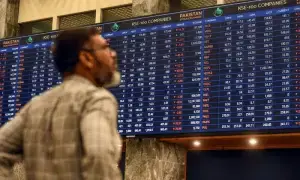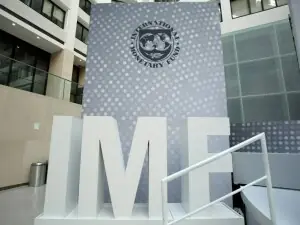US Treasuries ended the year stronger on Wednesday as they closed out a year that was the best since 2011, confounding investors who had bet that bonds prices would fall as an expected interest rate hike by the Federal Reserve gets closer. Many investors expect the Fed to raise rates in the first half of 2015.
"The year was really quite surprising to most people," said Mary Ann Hurley, vice president of trading at D.A. Davidson Co in Seattle. Treasuries returned 4.95 percent in 2014 while long bonds astounded with a 27.23 percent return, according to data by Barclays from Tuesday's close. Bonds gained on Wednesday after the Institute for Supply Management-Chicago Business Barometer for December declined to 58.3, its lowest reading since July. Economists had expected a milder decrease to 60.1 from November's 60.8.
Trading volumes were very light before the New Year holiday. Slowing global growth, deflation fears and geopolitical tensions have all supported bonds this year even as the US economy has strengthened. "People were really not counting on the amount of global stresses that we're having," Hurley said. Benchmark 10-year note yields have dropped to 2.17 percent after briefly breaking above 3 percent at the beginning of the year. Thirty-year bond yields have fallen to 2.75 percent, from 3.93 percent.
Disappointing growth early in the year even as the US economy expanded gave bonds a solid start to 2014. "Mid-spring was such a disappointment. There was the realisation that economic growth at the end of 2013 wasn't going to bring upward momentum into this year," said Jim Vogel, an interest rate strategist at FTN Financial in Memphis, Tennessee.
Surprisingly strong gross domestic product growth for the third quarter this year has raised hopes that economic momentum will gather pace next year. Vogel said the shooting down of a Malaysia Airlines flight over Ukraine in July also created a strong safety bid for Treasuries. "It brought home how intractable the conflict would become," he said. Bonds have also been boosted by plummeting oil prices, which are on track for their biggest annual decline since 2008. Long-dated debt has benefited this year from a scarcity of safe assets, with investors reaching out the yield curve to generate higher returns. Treasuries are paying far greater yields than comparable sovereign bonds in Germany and Japan.
BR100
16,405
Increased By
92.5 (0.57%)
BR30
52,938
Increased By
579.1 (1.11%)
KSE100
158,781
Increased By
743.5 (0.47%)
KSE30
48,500
Increased By
249 (0.52%)





















Comments
Comments are closed.